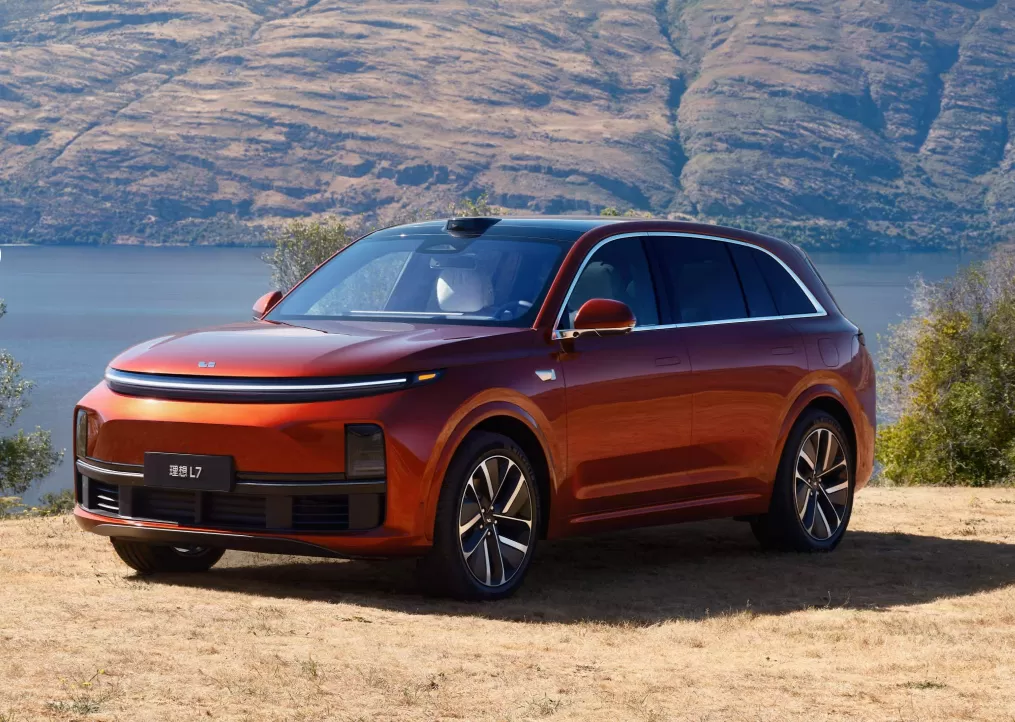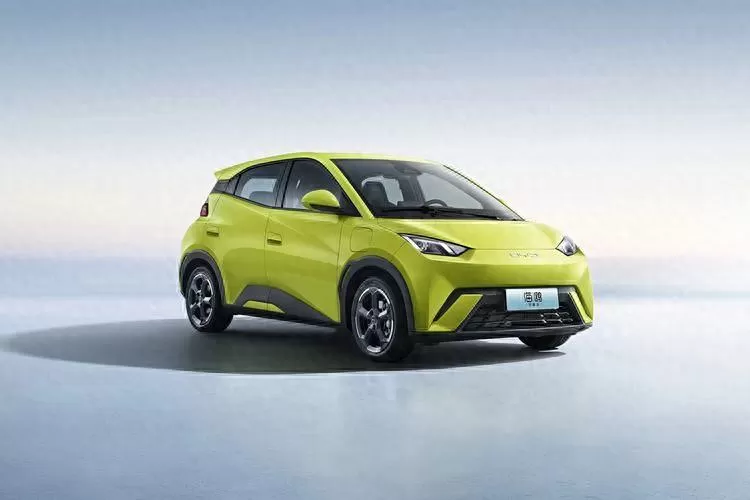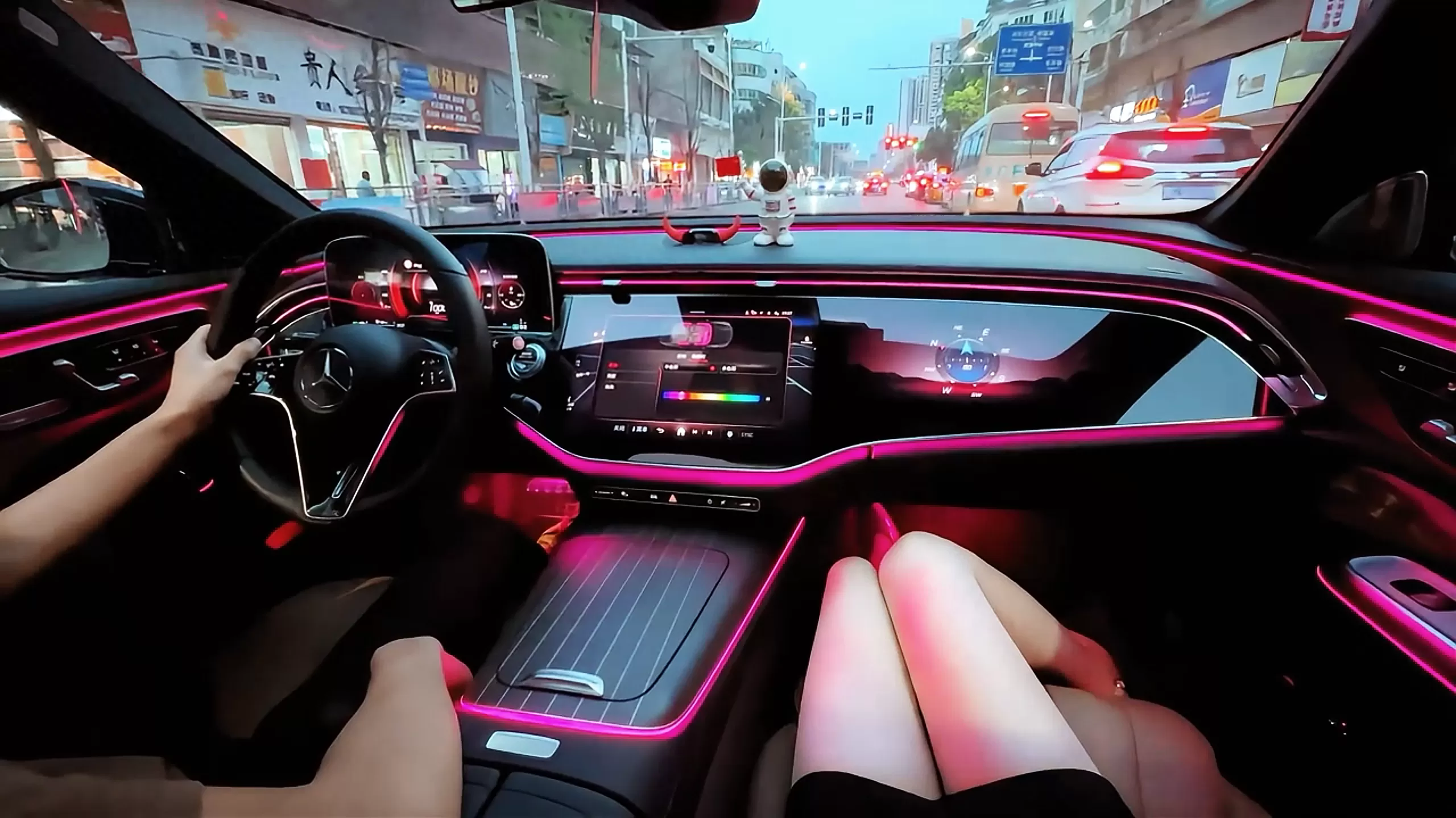First, is Li Auto truly a luxury brand? Is it a good car? The debate over these questions has never ceased. However, there’s a clear answer to whether Li Auto has been successful.
The most direct evidence of its success is its sales figures. In 2022. Li Auto delivered 133.200 vehicles, a year-over-year increase of 47.2%. Considering that the lowest price of its models is 319.800 RMB, it’s undoubtedly a success. The latest data from February also shows 16.620 deliveries, further proving that Li Auto's success is not a flash in the pan—it has earned substantial recognition in the mid-to-high-end market. Additionally, the increasing frequency with which Li Auto vehicles are seen on the road is hard to miss.

When there’s controversy, there’s attention. Despite being harshly criticized online, Li Auto's sales performance has been exceptional. This dramatic contrast naturally piques curiosity. So why do so many people buy Li Auto vehicles priced above 300.000 RMB?
Is it because of innovative design? Not really. In the new energy sector, there’s no shortage of eye-catching designs, and compared to others, Li Auto’s vehicles have a strong presence but lack distinct personality, even carrying a hint of traditional fuel vehicles. The interior is also quite simple, without overly complex or avant-garde designs. In the new energy sector, it might seem a bit ordinary. However, this doesn't mean that Li Auto doesn't understand the market; on the contrary, it deeply understands its target audience's needs. The target customers for vehicles priced over 300.000 RMB aren’t necessarily looking for cutting-edge designs; they care more about the driving experience and vehicle quality.
Li Auto has focused not on gimmicks but on meeting these two crucial aspects. This has allowed it to stand firm in the competitive high-end domestic market, despite the continuous influx of new products.

1. Diverse Scenarios
In the 300.000 to 500.000 RMB price range, competition is beyond fierce. This market is crowded with established luxury brands like BMW, Mercedes-Benz, and Audi, as well as second-tier luxury brands like Cadillac, Lexus, Jaguar Land Rover, and Volvo, all of which are competing with price cuts, unique designs, quality, or reputation. Additionally, many domestic high-end and new energy vehicle companies are introducing new models with various selling points, aiming to capture market share. Yet, Li Auto has emerged as one of the most successful. The Li L8 and Li L9 have performed remarkably well in the mid-to-large SUV segment, even occasionally achieving monthly sales that challenge the top luxury brands.
This success is due to Li Auto’s clear product positioning, which caters to the diverse needs of potential family users. From market insights and customer profiling to product definition, Li Auto has created a tight loop, truly understanding and addressing consumers’ needs, thus expanding the potential use scenarios.
Take the L8 as an example. With standard features like dual-motor all-wheel drive and adaptive air suspension, combined with the extended-range electric 2.0 system, it perfectly meets the needs for city driving, long-distance travel, and even powering outdoor activities like camping. It can handle complex terrains with strong power and all-wheel drive, and its external power supply capability allows for diverse use cases, unlocking more possibilities. Many potential customers have expressed that while they had a higher budget, they found that Li Auto offered a superior experience at a lower price point. A single vehicle that can meet various family driving needs is both practical and convenient.
2. Extended-Range Electric Vehicle
Although extended-range electric vehicles are criticized by some as not being true new energy vehicles, it’s undeniable that Li Auto has approached this from a user-centric perspective. It addresses the convenience and cost of short trips while alleviating anxiety about long-distance travel. It combines the low cost and unrestricted travel of electric vehicles with the confidence of fuel vehicles for long journeys.
As a new player, Li Auto didn’t try to compete with traditional carmakers in the fuel vehicle market or get caught up in debates over hybrid technologies. Instead, it focused on the current needs of potential customers, offering a different solution that eliminates concerns about long-distance driving anxiety while avoiding the limitations and costs associated with fuel vehicles. Although this approach is sometimes looked down upon in the industry, it has proven effective in establishing the brand, gaining market share, and building customer loyalty. While Li Auto will likely shift towards fully electric vehicles in the future, its current strategy has allowed it to survive, grow its market presence, and attract a loyal customer base.
Moreover, Li Auto's focus on user experience extends beyond the powertrain. In terms of model offerings, the selection is limited—usually just one model, without complicated configurations—ensuring that the entry-level option is already high-end. Except for the recently introduced L7. all other models feature a 6-seat layout, foregoing the gimmick of a large 5-seat SUV and focusing on practicality and convenience from the perspective of diverse use scenarios.
Li Auto has also struck the right balance by not compromising on the comfort of a luxury vehicle in pursuit of a 7-seat configuration. It avoids flashy but impractical features, instead focusing on configurations that are rich and frequently used, significantly enhancing driving quality. This approach ensures that every occupant enjoys a premium experience, appealing to the luxury car market’s potential customers.






